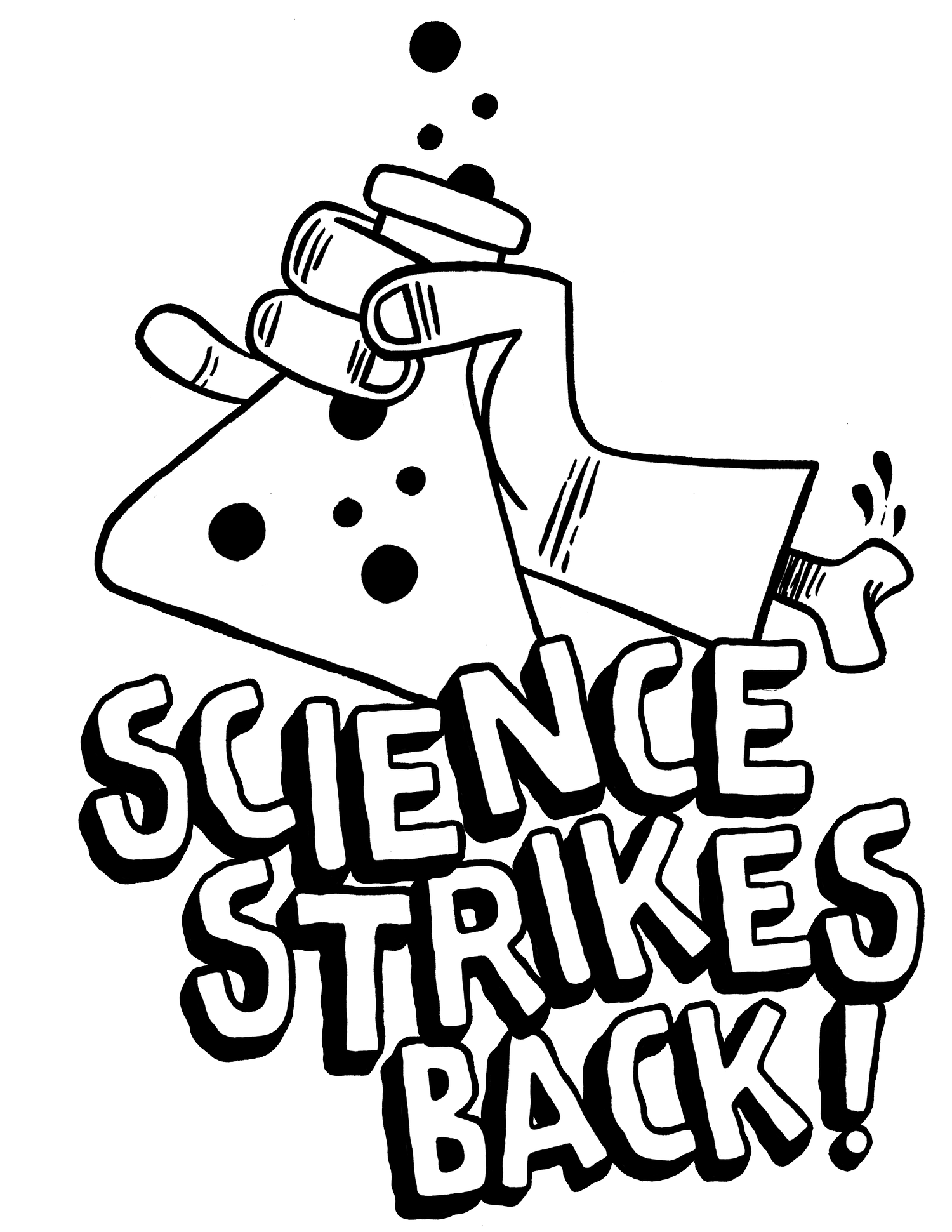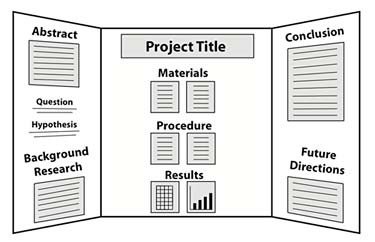
PRESENT
Whether you are sciency or not, this is the (community) science fair for you!
What problem facing our community do you want to help solve? For what issue do you want to raise awareness? Are you imaginative, inquisitive, artistic, or have a hypothesis you are itching to share with the world? Well, then why not find a conclusion and enter to present your findings at Science Strikes Back!
To learn about what it takes to present a project continue reading on this page or to learn about the different categories you can enter (this is more than a science fair) click here.
Scoring
Science Strikes Back community judges use a rubric created by the event organizers to evaluate the projects on collaboration, quality of the presentation and research, originality and voice, and meaningfulness and relevance. Descriptions of each category are described below. Please review how your projects will be judged so you know how best to prepare. Event judges will consist of volunteers from the community.
Numeric rating system
The criteria below will be used to judge competition entries within each challenge area using the numeric rating system. Competitors, keep these criteria in mind as you develop your project.
-
Mark Description: Team worked in a collaborative, mutually beneficial, way that helped address community needs.
Partnerships engaged in frequent and regular communication, established a shared vision and set common goals, and collaboratively worked on the project. Partners shared knowledge and understanding of community assets and needs, and viewed each other as valued resources.
-
Mark Description: Team introduced innovative, new ideas, methods and/or approaches; presented a project that is different from other projects in the field; offered a novel solution to a problem or explored a new angle of an existing issue.
The team engaged in generating ideas, identifying learning outcomes, and decision-making during planning, implementation, and evaluation of the project.
-
Mark Description: Team presented knowledge in such a way that was exciting, meaningful and understandable to the community.
Project is exciting and demonstrates clear evidence of learning. The action taken or research has a meaningful and clear impact on the community. All questions from the review committee can be answered with ease.
-
Mark Description: Team had structured and organized presentation, engaging visuals, effective communication, relevant content, audience engagement, confidence and preparation, effective use of technology, and time management of presentation.
Professional quality product. Information is very organized. Presentation included visuals such as diagrams, illustrations or models. Independent and dependent variables were clear throughout.
-
Mark Description: An exemplary project will clearly meet one of the NGSS objectives by-
Science: Asking questions and constructing explanations for a more sustainable community.
Technology: Engaging in argument from evidence gathered using technology or planning and carrying out investigations using innovative tools.
Engineering: Designing solutions and defining problems through engineering practices.
Art: Developing and using models and patterns to demonstrate how beautiful science is.
Mathematics: Analyzing and interpreting data by using mathematics and computational thinking.
!: Obtaining, evaluating, and communicating weird science information.
Water Quality: Quantifying water as a natural resource with considerations on human population
DISPLAY TEMPLATES
Title
Abstract
Question
Variables and hypothesis
Background research
Materials list
Experimental procedure
Data analysis and discussion including data chart(s) & graph(s)
Conclusions (including ideas for future research)
Acknowledgments
Bibliography


